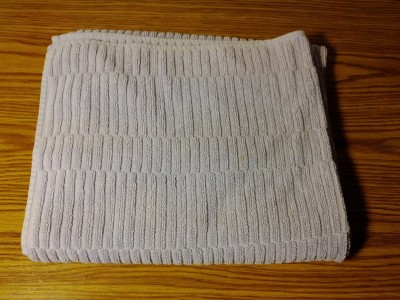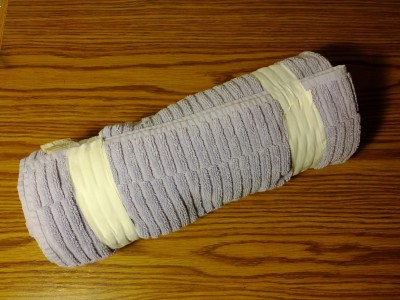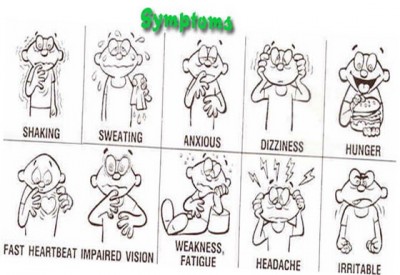Although we like to talk around here about exciting topics like shock and airway management, the reality is that for many EMS providers — particularly at the BLS level — a large part of this job isn’t stabilizing emergencies. It’s routine work like dialysis trips and stable transfers from nursing facilities. Some folks find this stuff dull, and it can be dull, but the best way to make it interesting is to approach it just like the exciting stuff and try to be excellent at both aspects of the job.
How can you excel at bringing Mr. Smith to his third doctor’s appointment this week? You can learn to be a really good patient advocate on his behalf, something that almost all residents of long-term care facilities need. We’re well-positioned to fill this role because we have a one-on-one relationship with our patients. Unfortunately, we often lack the know-how and leverage to resolve most of their problems.
Our feature in the August 2014 issue of EMS World talks about how to use the ubiquitous Long-Term Care Ombudsman program to help. It’s easy, it works, and even if you didn’t know about it, there’s one available in your area. Give it a read and think about bringing it to bear the next time the guy on your stretcher has something to say!






Recent Comments